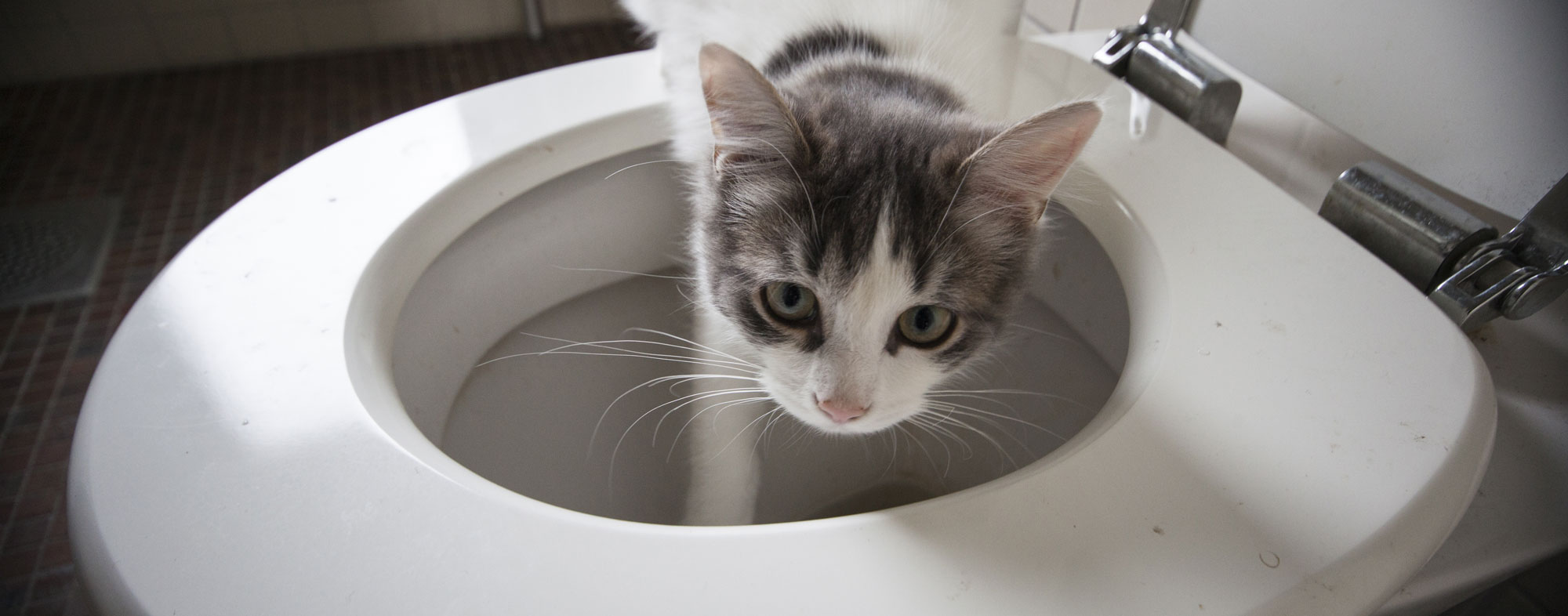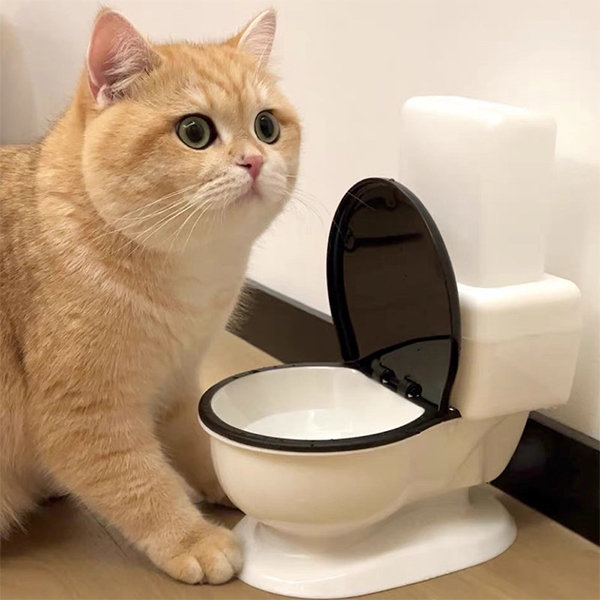The Risks of Disposing Cat Poop in Your Toilet - Precautionary Measures
The Risks of Disposing Cat Poop in Your Toilet - Precautionary Measures
Blog Article
How do you feel in regards to Can You Flush Cat Poo or Litter Down the Toilet??

Introduction
As pet cat owners, it's vital to be mindful of just how we dispose of our feline close friends' waste. While it might seem convenient to purge feline poop down the bathroom, this technique can have harmful consequences for both the setting and human health and wellness.
Alternatives to Flushing
Thankfully, there are much safer and a lot more liable ways to dispose of feline poop. Consider the following choices:
1. Scoop and Dispose in Trash
The most common method of dealing with pet cat poop is to scoop it right into a naturally degradable bag and toss it in the garbage. Make certain to make use of a dedicated litter scoop and take care of the waste immediately.
2. Usage Biodegradable Litter
Opt for biodegradable feline trash made from products such as corn or wheat. These trashes are environmentally friendly and can be safely taken care of in the garbage.
3. Bury in the Yard
If you have a lawn, think about hiding feline waste in an assigned area far from vegetable yards and water resources. Be sure to dig deep enough to avoid contamination of groundwater.
4. Set Up a Pet Waste Disposal System
Buy a family pet waste disposal system especially created for feline waste. These systems make use of enzymes to break down the waste, minimizing odor and ecological influence.
Health and wellness Risks
In addition to ecological issues, purging pet cat waste can also posture health dangers to humans. Pet cat feces might have Toxoplasma gondii, a bloodsucker that can cause toxoplasmosis-- a possibly severe disease, particularly for expectant ladies and people with weakened immune systems.
Ecological Impact
Purging feline poop introduces harmful microorganisms and bloodsuckers into the water supply, presenting a substantial danger to water communities. These pollutants can negatively influence marine life and compromise water top quality.
Conclusion
Liable pet possession prolongs past supplying food and shelter-- it likewise entails appropriate waste administration. By refraining from purging pet cat poop down the bathroom and opting for different disposal techniques, we can minimize our ecological footprint and safeguard human health.
Why Can’t I Flush Cat Poop?
It Spreads a Parasite
Cats are frequently infected with a parasite called toxoplasma gondii. The parasite causes an infection called toxoplasmosis. It is usually harmless to cats. The parasite only uses cat poop as a host for its eggs. Otherwise, the cat’s immune system usually keeps the infection at low enough levels to maintain its own health. But it does not stop the develop of eggs. These eggs are tiny and surprisingly tough. They may survive for a year before they begin to grow. But that’s the problem.
Our wastewater system is not designed to deal with toxoplasmosis eggs. Instead, most eggs will flush from your toilet into sewers and wastewater management plants. After the sewage is treated for many other harmful things in it, it is typically released into local rivers, lakes, or oceans. Here, the toxoplasmosis eggs can find new hosts, including starfish, crabs, otters, and many other wildlife. For many, this is a significant risk to their health. Toxoplasmosis can also end up infecting water sources that are important for agriculture, which means our deer, pigs, and sheep can get infected too.
Is There Risk to Humans?
There can be a risk to human life from flushing cat poop down the toilet. If you do so, the parasites from your cat’s poop can end up in shellfish, game animals, or livestock. If this meat is then served raw or undercooked, the people who eat it can get sick.
In fact, according to the CDC, 40 million people in the United States are infected with toxoplasma gondii. They get it from exposure to infected seafood, or from some kind of cat poop contamination, like drinking from a stream that is contaminated or touching anything that has come into contact with cat poop. That includes just cleaning a cat litter box.
Most people who get infected with these parasites will not develop any symptoms. However, for pregnant women or for those with compromised immune systems, the parasite can cause severe health problems.
How to Handle Cat Poop
The best way to handle cat poop is actually to clean the box more often. The eggs that the parasite sheds will not become active until one to five days after the cat poops. That means that if you clean daily, you’re much less likely to come into direct contact with infectious eggs.
That said, always dispose of cat poop in the garbage and not down the toilet. Wash your hands before and after you clean the litter box, and bring the bag of poop right outside to your garbage bins.
https://trenchlesssolutionsusa.com/why-cant-i-flush-cat-poop/

I stumbled upon that write up on Can You Flush Cat Poo or Litter Down the Toilet? when looking around the web. Are you aware of somebody else who is truly interested in the subject? Be sure promote it. I value reading our article about How to Dispose of Cat Poop and Litter Without Plastic Bags.
Book Your Service Report this page